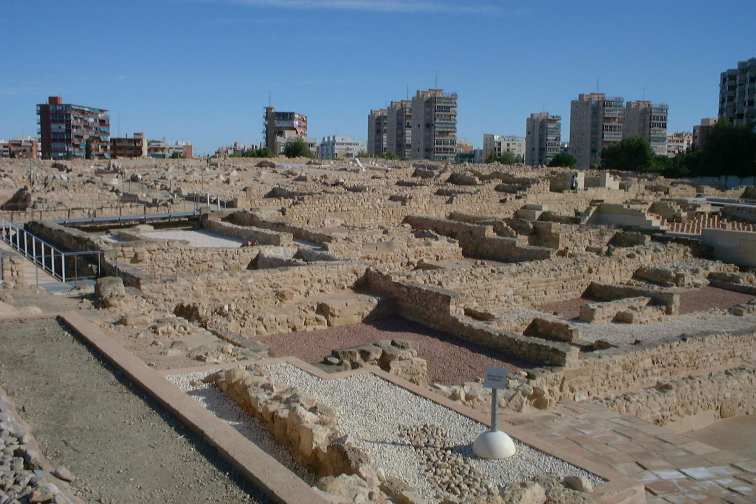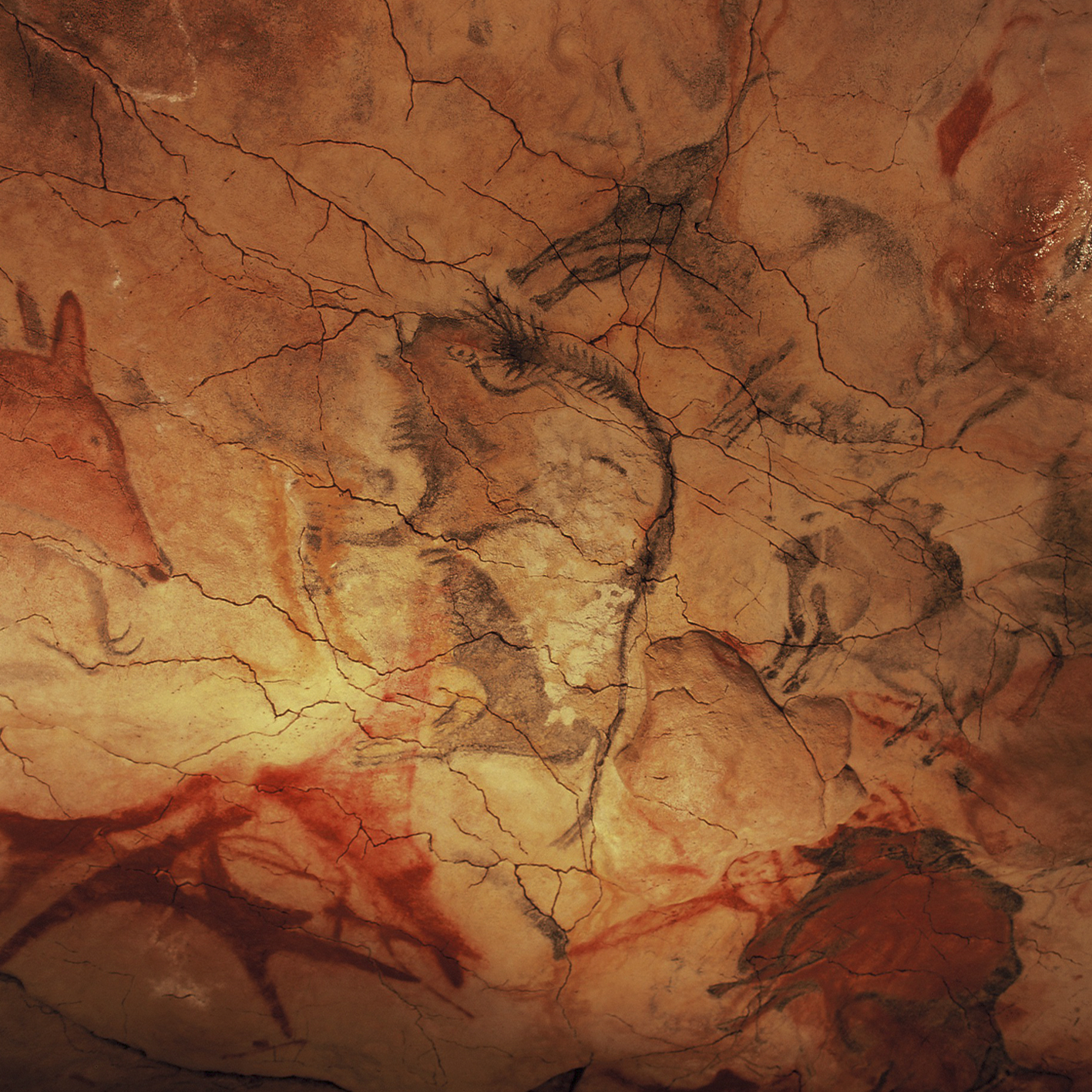|
Lloma De Betxí
The Lloma de Betxí is a Bronze Age archaeological site in the municipality of Paterna (Valencian Community (Spain). It is on the top of a hill at 99m over the sea level and 30m over the surroundings. It is in the county of Paterna, nearby the Turia river, close to Valencia city. The chronology of the site: 1800 – 1300 B.C., part of the Valencian Bronze Age. Historiography and Excavation The first information about the site appeared in 1928 and the author was Gómez Serrano. The next reference was included in the Enciclopedia de la Región Valenciana, in 1973. The first excavation was carried out in 1984 by Helena Bonet, Joan Bernabeu and María Jesús de Pedro. The excavations continued since 1985, under the management of María Jesús de Pedro, and ended in 2013. The recovered material was placed into the Museo de Prehistoria and Servicio de Investigación Prehistórica of the Valencian government. Chronology Establishing the time frames for the Valencian Bronze Age is di ... [...More Info...] [...Related Items...] OR: [Wikipedia] [Google] [Baidu] |
Bronze Age
The Bronze Age () was a historical period characterised principally by the use of bronze tools and the development of complex urban societies, as well as the adoption of writing in some areas. The Bronze Age is the middle principal period of the three-age system, following the Stone Age and preceding the Iron Age. Conceived as a global era, the Bronze Age follows the Neolithic, with a transition period between the two known as the Chalcolithic. The final decades of the Bronze Age in the Mediterranean basin are often characterised as a period of widespread societal collapse known as the Late Bronze Age collapse (), although its severity and scope are debated among scholars. An ancient civilisation is deemed to be part of the Bronze Age if it either produced bronze by smelting its own copper and alloying it with tin, arsenic, or other metals, or traded other items for bronze from producing areas elsewhere. Bronze Age cultures were the first to History of writing, develop writin ... [...More Info...] [...Related Items...] OR: [Wikipedia] [Google] [Baidu] |
Paterna
Paterna is a city and a municipality in the province of Valencia in the Valencian Community, Spain. It is located northeast of the comarca of '' L'Horta de Valencia'', northwest of the inland suburbs of Valencia, and on the left bank of the river Turia. Its population in 2014 was 67,156 inhabitants, being the eleventh city by population in the Valencian Community. Geography The town is characterized by a dry Mediterranean climate, with an average annual rainfall around and temperatures ranging from minimum in January to maximum in August, reaching every summer peaks above . History The first signs of human settlement in Paterna go back to the Neolithic and Bronze Age, and relics have been found in settlements of The Vallesa and Despeñaperros, in an area of small hills near the river Turia, which allowed the water supply. The Iberians also left their imprint in The Vallesa and Despeñaperros, where there have been found remains of a defensive wall and the walls of sma ... [...More Info...] [...Related Items...] OR: [Wikipedia] [Google] [Baidu] |
Valencian Community
The Valencian Community is an Autonomous communities of Spain, autonomous community of Spain. It is the fourth most populous Spanish Autonomous communities of Spain, autonomous community after Andalusia, Catalonia and the Community of Madrid with more than five million inhabitants.Instituto Nacional de Estadística, Madrid, 2020. Its eponymous capital Valencia is the third largest city and metropolitan area in Spain. It is located along the Mediterranean Sea, Mediterranean coast on the east side of the Iberian Peninsula. It borders Catalonia to the north, Aragon and Castilla–La Mancha to the west, and Region of Murcia, Murcia to the south, and the Balearic Islands are to its east. The Valencian Community is divided into three Provinces of Spain, provinces: province of Castellón, Castellón, province of Valencia, Valencia and province of Alicante, Alicante. According to Valencia's Statute of Autonomy, the Valencian people are a ''nationalities and regions of Spain, "historical ... [...More Info...] [...Related Items...] OR: [Wikipedia] [Google] [Baidu] |
Spain
Spain, or the Kingdom of Spain, is a country in Southern Europe, Southern and Western Europe with territories in North Africa. Featuring the Punta de Tarifa, southernmost point of continental Europe, it is the largest country in Southern Europe and the fourth-most populous European Union member state. Spanning across the majority of the Iberian Peninsula, its territory also includes the Canary Islands, in the Eastern Atlantic Ocean, the Balearic Islands, in the Western Mediterranean Sea, and the Autonomous communities of Spain#Autonomous cities, autonomous cities of Ceuta and Melilla, in mainland Africa. Peninsular Spain is bordered to the north by France, Andorra, and the Bay of Biscay; to the east and south by the Mediterranean Sea and Gibraltar; and to the west by Portugal and the Atlantic Ocean. Spain's capital and List of largest cities in Spain, largest city is Madrid, and other major List of metropolitan areas in Spain, urban areas include Barcelona, Valencia, Seville, ... [...More Info...] [...Related Items...] OR: [Wikipedia] [Google] [Baidu] |
Lloma De Betxí (30526074511)
The Lloma de Betxí is a Bronze Age archaeological site in the municipality of Paterna (Valencian Community (Spain). It is on the top of a hill at 99m over the sea level and 30m over the surroundings. It is in the county of Paterna Paterna is a city and a municipality in the province of Valencia in the Valencian Community, Spain. It is located northeast of the comarca of '' L'Horta de Valencia'', northwest of the inland suburbs of Valencia, and on the left bank of the riv ..., nearby the Turia river, close to Valencia city. The chronology of the site: 1800 – 1300 B.C., part of the Valencian Bronze Age. Historiography and Excavation The first information about the site appeared in 1928 and the author was Gómez Serrano. The next reference was included in the Enciclopedia de la Región Valenciana, in 1973. The first excavation was carried out in 1984 by Helena Bonet, Joan Bernabeu and María Jesús de Pedro. The excavations continued since 1985, under the management of Mar� ... [...More Info...] [...Related Items...] OR: [Wikipedia] [Google] [Baidu] |
Archaeological Sites In The Valencian Community
Archaeology or archeology is the study of human activity through the recovery and analysis of material culture. The archaeological record consists of Artifact (archaeology), artifacts, architecture, biofact (archaeology), biofacts or ecofacts, archaeological site, sites, and cultural landscapes. Archaeology can be considered both a social science and a branch of the humanities. It is usually considered an independent academic discipline, but may also be classified as part of anthropology (in North America – the four-field approach), history or geography. The discipline involves Survey (archaeology), surveying, Archaeological excavation, excavation, and eventually Post excavation, analysis of data collected, to learn more about the past. In broad scope, archaeology relies on cross-disciplinary research. Archaeologists study human prehistory and history, from the development of the first stone tools at Lomekwi in East Africa 3.3 million years ago up until recent decades. A ... [...More Info...] [...Related Items...] OR: [Wikipedia] [Google] [Baidu] |
Bronze Age Sites In Europe
Bronze is an alloy consisting primarily of copper, commonly with about 12–12.5% tin and often with the addition of other metals (including aluminium, manganese, nickel, or zinc) and sometimes non-metals (such as phosphorus) or metalloids (such as arsenic or silicon). These additions produce a range of alloys some of which are harder than copper alone or have other useful properties, such as ultimate tensile strength, strength, ductility, or machinability. The three-age system, archaeological period during which bronze was the hardest metal in widespread use is known as the Bronze Age. The beginning of the Bronze Age in western Eurasia is conventionally dated to the mid-4th millennium BCE (~3500 BCE), and to the early 2nd millennium BCE in China; elsewhere it gradually spread across regions. The Bronze Age was followed by the Iron Age, which started about 1300 BCE and reaching most of Eurasia by about 500 BCE, although bronze continued to be much more widely used than it is in ... [...More Info...] [...Related Items...] OR: [Wikipedia] [Google] [Baidu] |
Bronze Age Spain
Prehistory in the Iberian Peninsula, Iberian peninsula begins with the arrival of the first ''Homo'' genus representatives from Africa, which may range from 1.5 million years (Year#SI prefix multipliers, Ma) ago to 1.25 Ma ago, depending on the Archaeological science#Dating techniques, dating technique employed, so it is set at 1.3 Ma ago for convenience. The end of Iberian prehistory coincides with the first entrance of the Roman people, Roman army into the peninsula, in 218 Before Christ, BC, which led to the progressive dissolution of Pre-Roman People of the Iberian Peninsula, pre-Roman peoples in Roman culture. This end date is also conventional, since Paleohispanic scripts, pre-Roman writing systems can be traced to as early as 5th century BC. Overview Prehistory in Iberia spans around 60% of the Quaternary, with written history occupying just 0.08%. For the rest 40%, it was uninhabited by humans. The Pleistocene, first Geologic time scale#Divisions of geologic time, ... [...More Info...] [...Related Items...] OR: [Wikipedia] [Google] [Baidu] |





